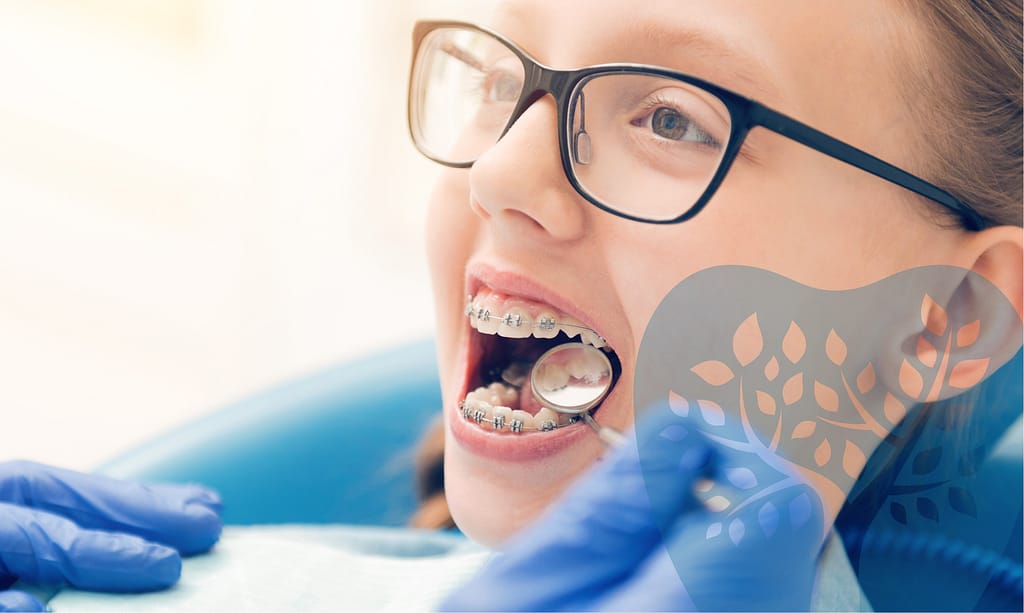What Is Early Intervention Orthodontics?

The Main Goal of Early Intervention Orthodontics
You’ve undoubtedly noticed that there are many more elementary-aged children wearing braces now than there were 20 years ago. There is a very good reason for this: early intervention orthodontics (EIO). The objective of EIO is to shorten the overall length of orthodontic treatment, which may otherwise need to be extended later due to avoidable complications if treatment is held off until the traditional adolescent age.
What is involved with early intervention orthodontics?
The first phase (phase I) occurs while the child still has baby teeth, whereas the traditional-braces phase (phase II) begins once all permanent teeth have erupted. Phase I generally uses some sort of an appliance to expand either the upper palate or the lower jaw. This first phase could also include a frenectomy and/or pulling together the anterior (front) teeth so that the permanent canines have room to fall into place naturally. A frenectomy is a noninvasive surgical treatment that snips the muscle on the upper lip that causes excess spacing or rotation of the upper front teeth. Phase II more or less aligns the teeth and corrects any malocclusion issues.
Why is it important?
One of the biggest benefits of EIO is that it can intercept certain growth abnormalities, such as a constricted palate, which can result in severe crowding, potentially requiring teeth to be pulled unnecessarily if the window of opportunity for a palatal expander passes. It can also correct an under- or overdeveloped jaw.
Because it is easier to correct the facial structures of the mouth while a child is growing, waiting until the teen years to start orthodontic treatment could lengthen the overall treatment time and possibly miss the opportunity to correct certain conditions altogether. By adolescence, the jaw has stopped growing and is less receptive to movement.
Does every child need early intervention orthodontics?
Every child is unique, so not every child is a candidate for early intervention. Even though your elementary-aged child may have extra spacing, crowding, or crooked teeth, these issues may very well lessen over time as they continue to grow. Expanding the jaw with an appliance unnecessarily creates a whole host of problems that would need to be corrected later. It may be best to allow the child to continue to grow without intervention.
Ultimately, your dentist will be the best resource to assess the best course of treatment for your child. The ideal age for an orthodontic evaluation is around 7.
Written by Dr. Christopher King
Dr. King has been leading King Dental since 2000. In the 20-plus years since opening King Dental, his experiences have only strengthened his excitement for his chosen career. Dentistry is Dr. King’s life’s mission.